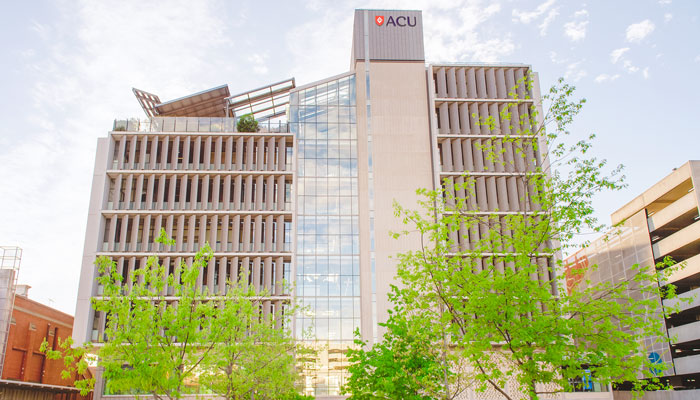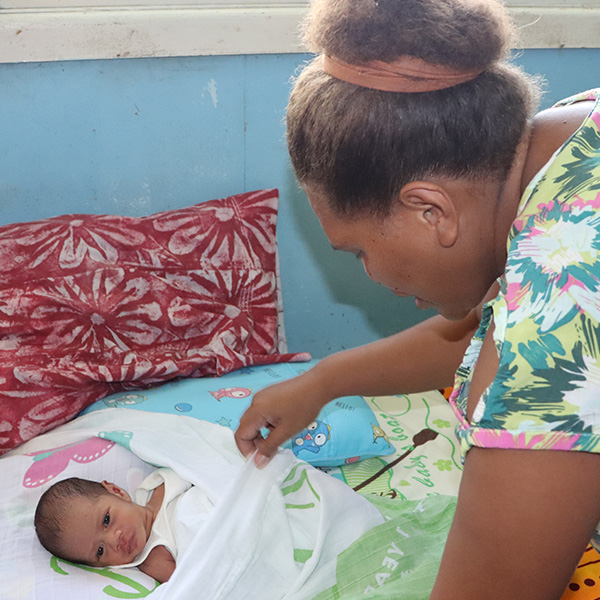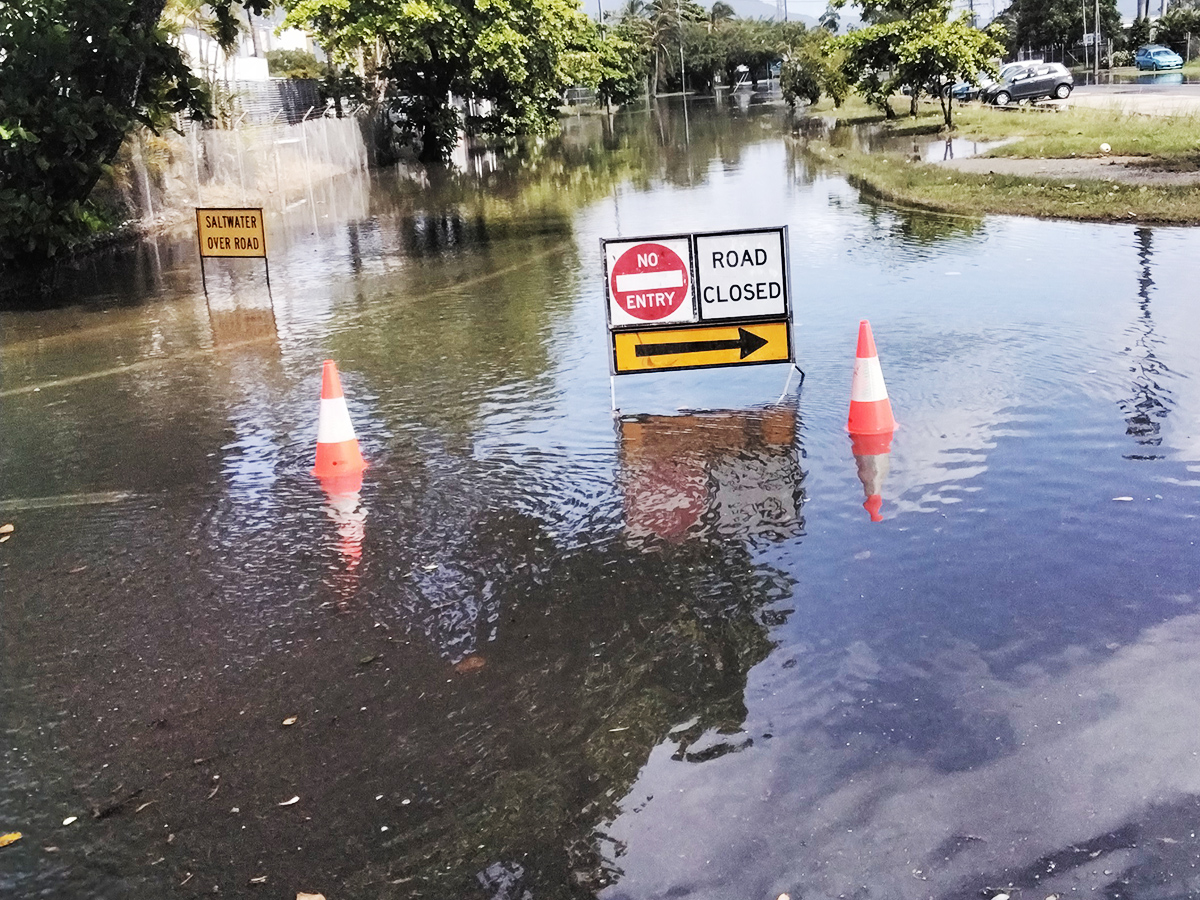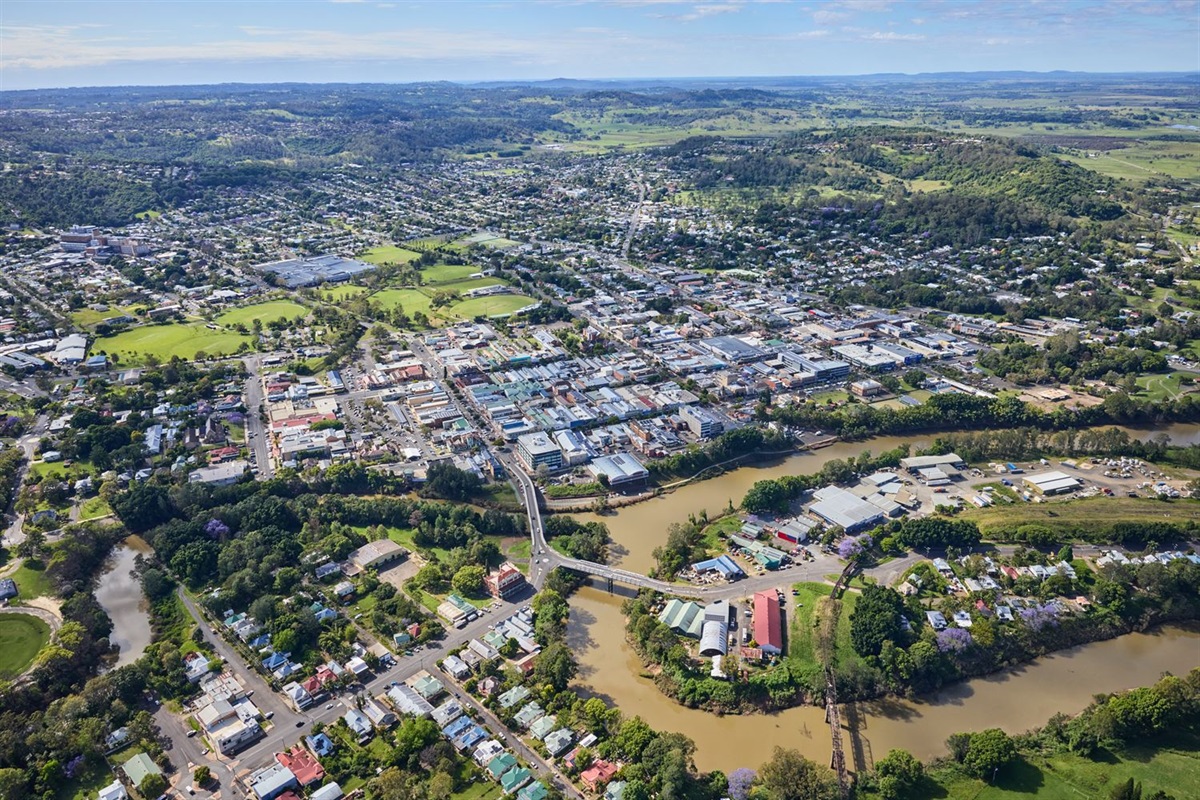The Tasmanian Labor Party’s bid to block Tasmania’s proposed waste levy and delay the introduction of a Container Refund Scheme (CRS) with an unnecessary new inquiry risks the development of new jobs in the ‘circular economy’, said the National Waste and Recycling Industry Council (NWRIC).
NWRIC CEO Rose Read said Tasmania is the only state without a legislated waste levy which is leaving the state at the bottom of the pile in terms of recycling rates, which are currently at 39% compared to the national average of 61%.
“A waste levy sends the necessary price signal to industry to invest in recycling collection and processing infrastructure, creating new businesses, more jobs, secondary resources and diverting waste from landfill. It’s hard to believe the ALP would be seeking to block this reform and not support the development of new jobs,” Ms Read said.
“Without a waste levy and the funds it generates, Tasmania is unable to leverage around $9.5 million of federal and industry funds[1] to build the necessary recycling infrastructure to transition Tasmania to a circular economy.”
The waste levy is part of the Waste and Resource Recovery Bill 2021 and is designed to divert recyclable materials from landfill. It has been through a comprehensive consultation period, has been passed by the House of Assembly and is widely supported.
The Tasmanian Labor Party has also indicated it wants another new inquiry into the state’s Container Refund Scheme (CRS).
“The benefits of CRS are proven and NSW, the ACT, Queensland and Western Australia have all introduced a CRS in the last three years. From more jobs and higher recycling rates to social benefits for communities, it is unclear why this needs to be further investigated,” Ms Read said.
“The waste and recycling industry, local government, charities, community groups, environment groups and the community support the Tasmanian Government’s proposed model and want the scheme to start on schedule at the end of 2022.”.
The CRS being introduced in Tasmania is the split responsibility model favoured by NWRIC, where a Scheme Coordinator runs the administration and finance for the Scheme, while a separate Network Operator/s run the network of Refund Points.
Both the waste levy and CRS have been methodically developed through extensive consultation processes and present best practice models of operation.
“If we are to reach our target of an 80% resource recovery rate by 2030, every state and territory needs to look at how they are recovering materials and increasing recycling rates,” Ms Read said.
“Tasmania has nothing to gain from further delays in the development of the state’s circular economy. The community should not be disadvantaged, and government should be allowed to proceed with its reforms in a timely manner.”
[1] Federal government National Waste Plan including the Recycling Modernisation Fund offers $190million for infrastructure (with matching state and industry investment) and expects to generate 10,000 new jobs nationally https://www.awe.gov.au/environment/protection/waste/how-we-manage-waste/recycling-modernisation-fund








